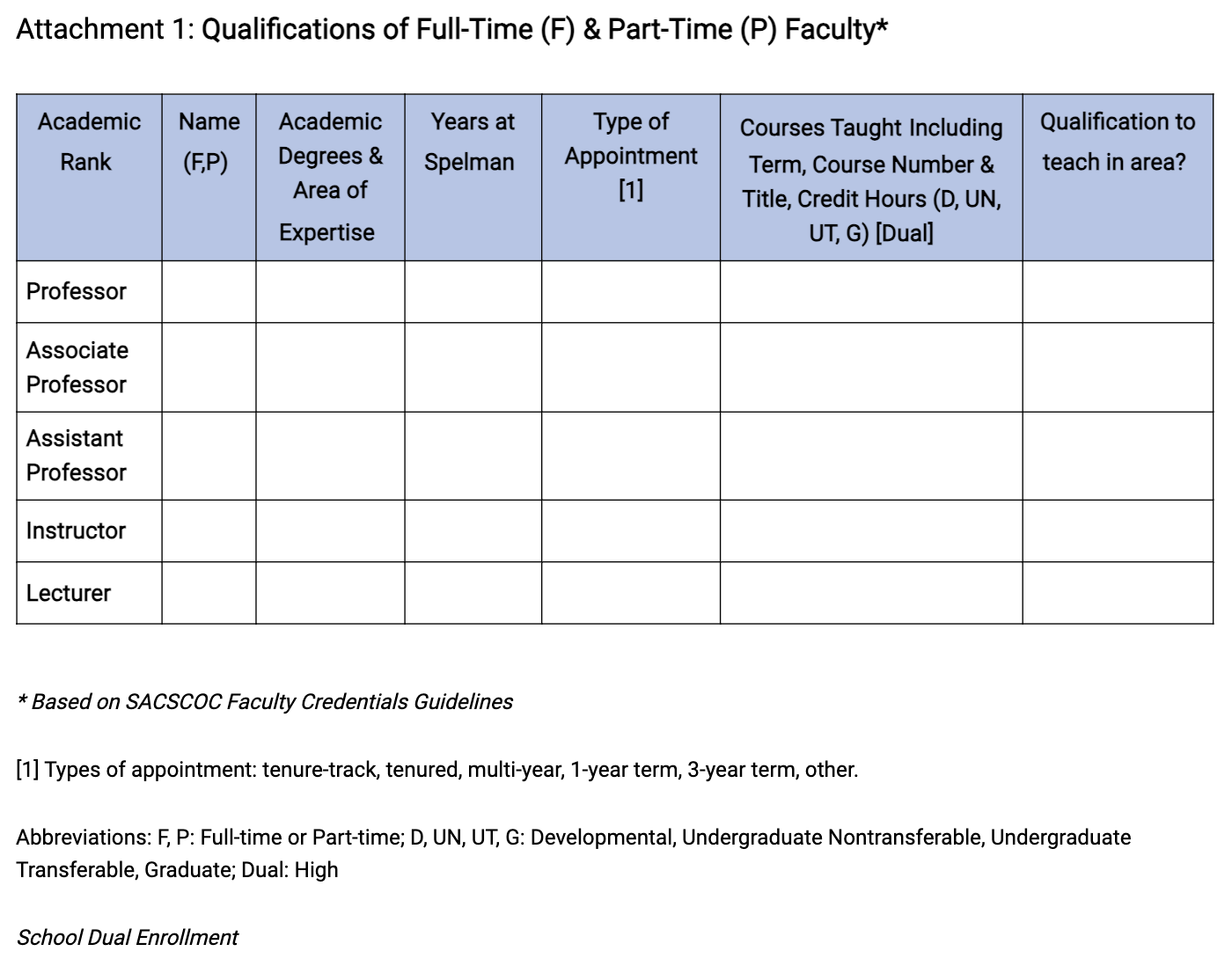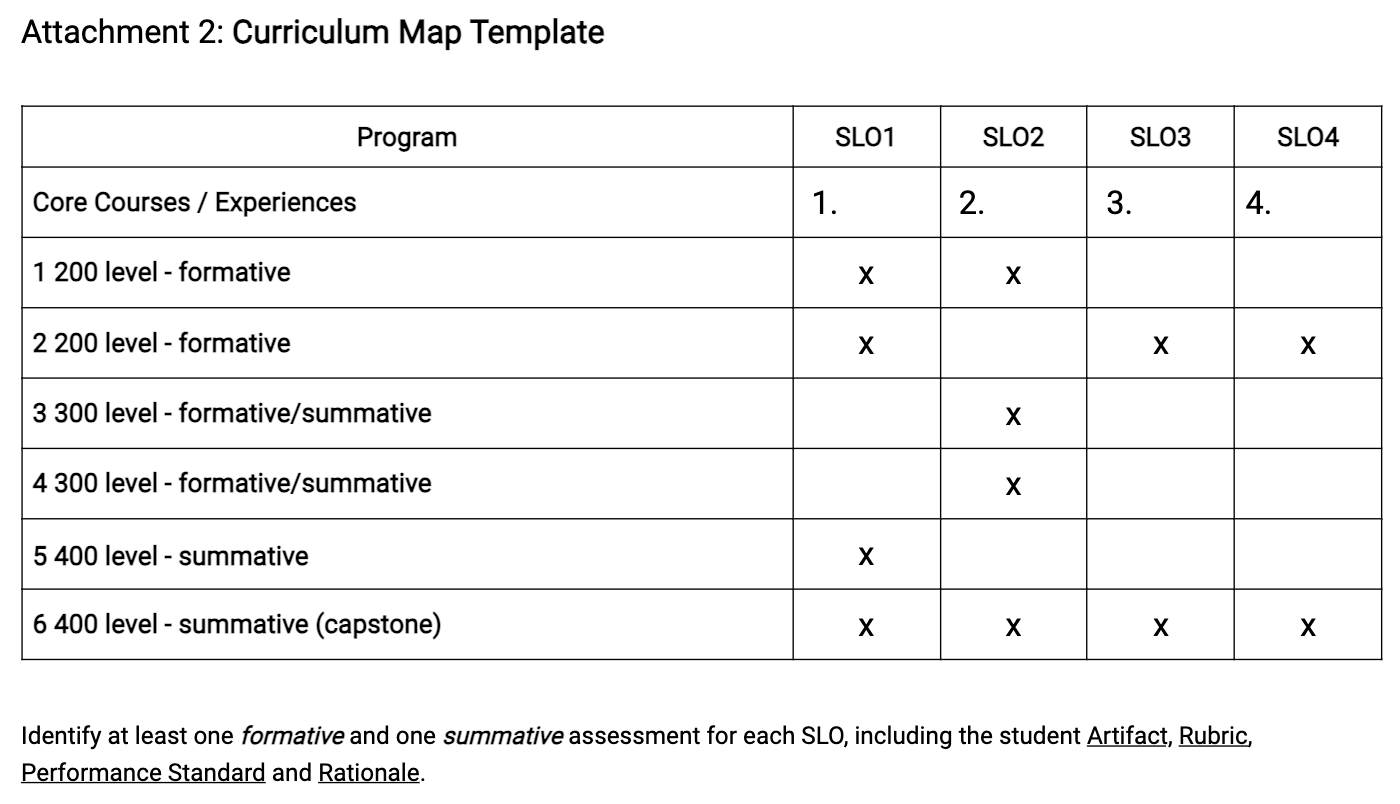Program effectiveness addresses program content, the curriculum, student learning outcomes, student success measures and program assessment and the extent to which these are effectively delivered.
A. CurriculumB. Student Learning Outcomes
Discuss program student learning outcomes and achievement measures.
C. Student Profiles and Student Success
Discuss the enrollment, retention and graduation in the program majors and minors
D. Program Assessment
Discuss program assessment strategies and how these strategies are used to improve student success, teaching effectiveness and faculty excellence.
Bringing together what has been reported. This section can be a useful summary for the External Review Team.
A. Key Findings and Considerations
Enumerate key findings from the self-study.
In view of the program’s description, mission, vision, and goals, what are the program’s major strengths? What areas of improvement exist?
B. Implications
Provide an interpretation of the evidence in support of the program’s overall quality and effectiveness.
C. Future Goals and Priorities
How might the program, the faculty and the college build upon these strengths and opportunities?
Appendix A: Faculty
Include information on program faculty. Data must cover the past five years.
A format for presenting this information is provided below. See Attachment 1, Qualifications of Full-Time (F) and Part-Time (P) Faculty.
Appendix B: Students
Include data and information on students within the program. Data must cover the past five years.
Note: The Institutional Research Office will provide much of this information to you.
Appendix C: Academic Program
Provide additional data and information on the academic program. This includes the program’s curriculum map, schedule of current classes, advising system, additional programs and teaching evaluation process.

